Nature reports
File: Introduced species
Page 2 of 4 - 35 Results
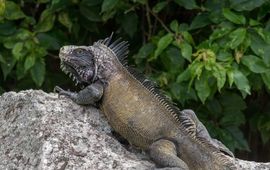
Research of Wageningen University & Research has identified a recent incursion of non-native iguanas on Saba, which form a major threat to the endemic melanistic iguana population. A promising study shows a new methodology with..
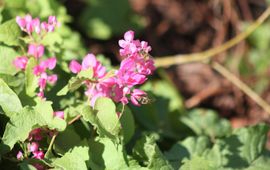
Coralita is an ornamental plant that was introduced to several Caribbean islands and has quickly found its way to the top of the invasive species lists for the Dutch Caribbean. Its fast-growing vines smother and outcompete native..
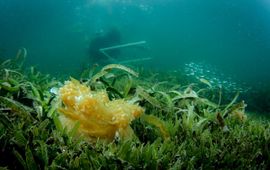
Researchers from Wageningen University & Research and the University of Amsterdam report on a fascinating case of competition between an animal and an invasive pIant. In tropical ecosystems, photosynthesizing organisms are..
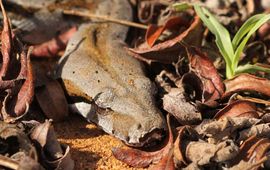
More than 210 invasive alien species have been documented wild in the in the Dutch Caribbean. These species can have major ecological effects by decimating native flora or fauna. They can also cause large economic losses and..
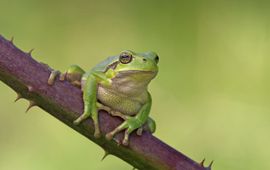
Biology students from Leiden University have discovered two tree frog species in the Dutch coastal dunes that do not occur there naturally. A special DNA-technique revealed these potentially harmful tree frogs. Remarkable, but..
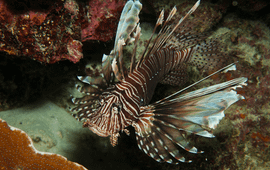
Research conducted by the Saba Bank Management Unit and Wageningen University and Research documented the third incidence of rapid lionfish population decline within the Western Atlantic since their introduction over thirty years..
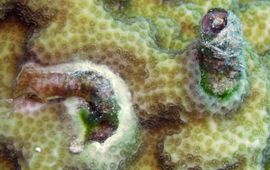
While studying coral reefs on Curaçao, a team of researchers from Naturalis and the University of Groningen came across what turned out to be a worm snail. Up until now, these animals had not been known in the Caribbean. Their..
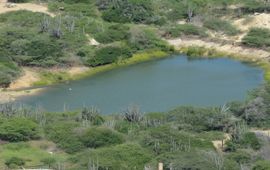
During a visit to Aruba, researchers John Janssen and André van Proosdij from Wageningen University & Research, together with Erik Houtepen from Carmabi, discovered three plant species that had never been found before on Aruba,..
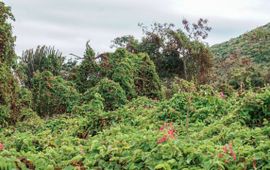
Coralita is an invasive plant species, that rapidly spreads across St. Eustatius. A recently published report highlighted the ability to use satellite imagery to systematically map Coralita’s distribution over the island. The..
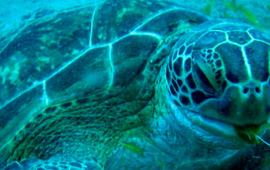
Seagrasses are marine flowering plants that can reproduce both sexually (flowering) and asexually (clones). Sexual reproduction increases genetic diversity, resilience and dispersal success of seagrasses. A recent study discovered..
